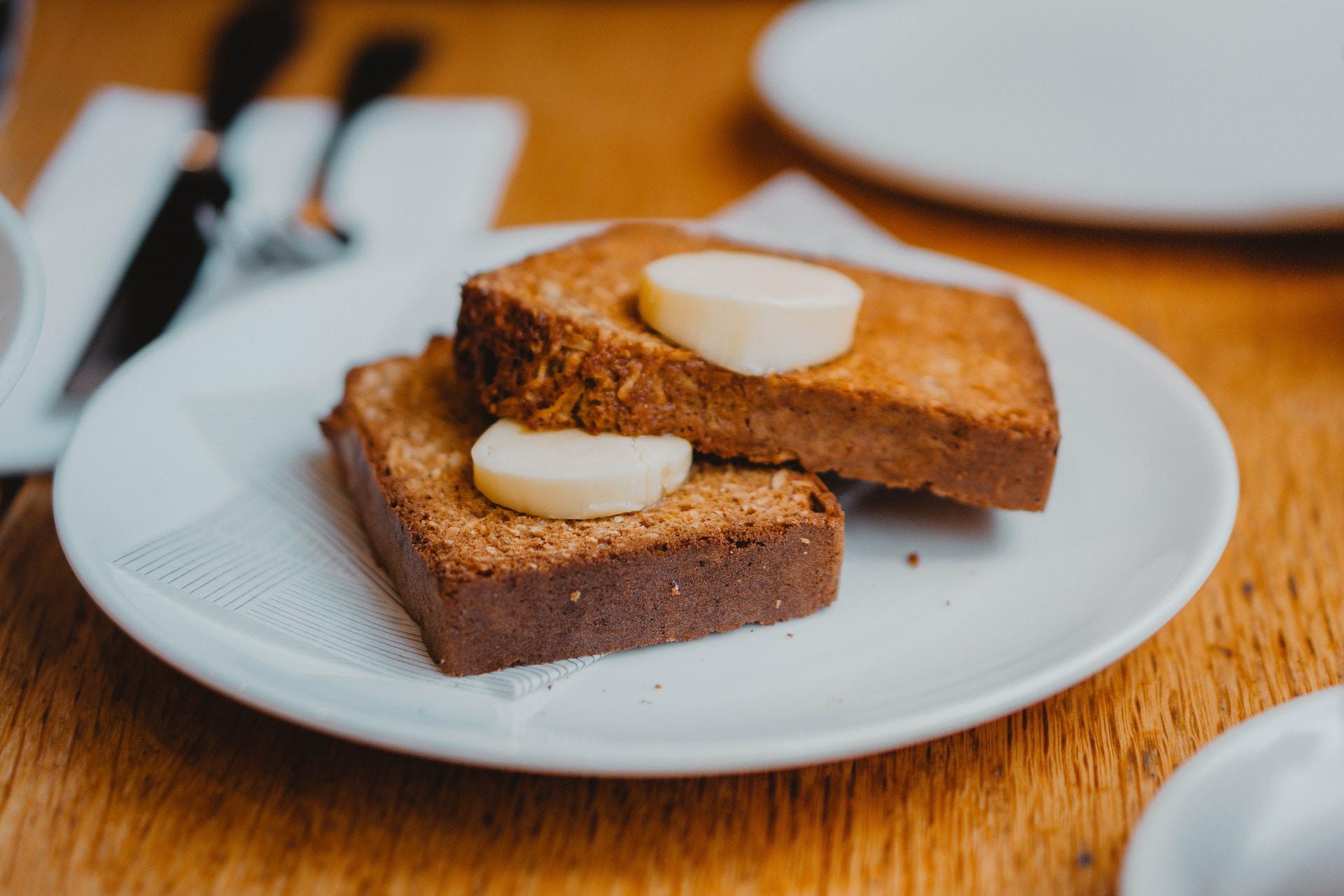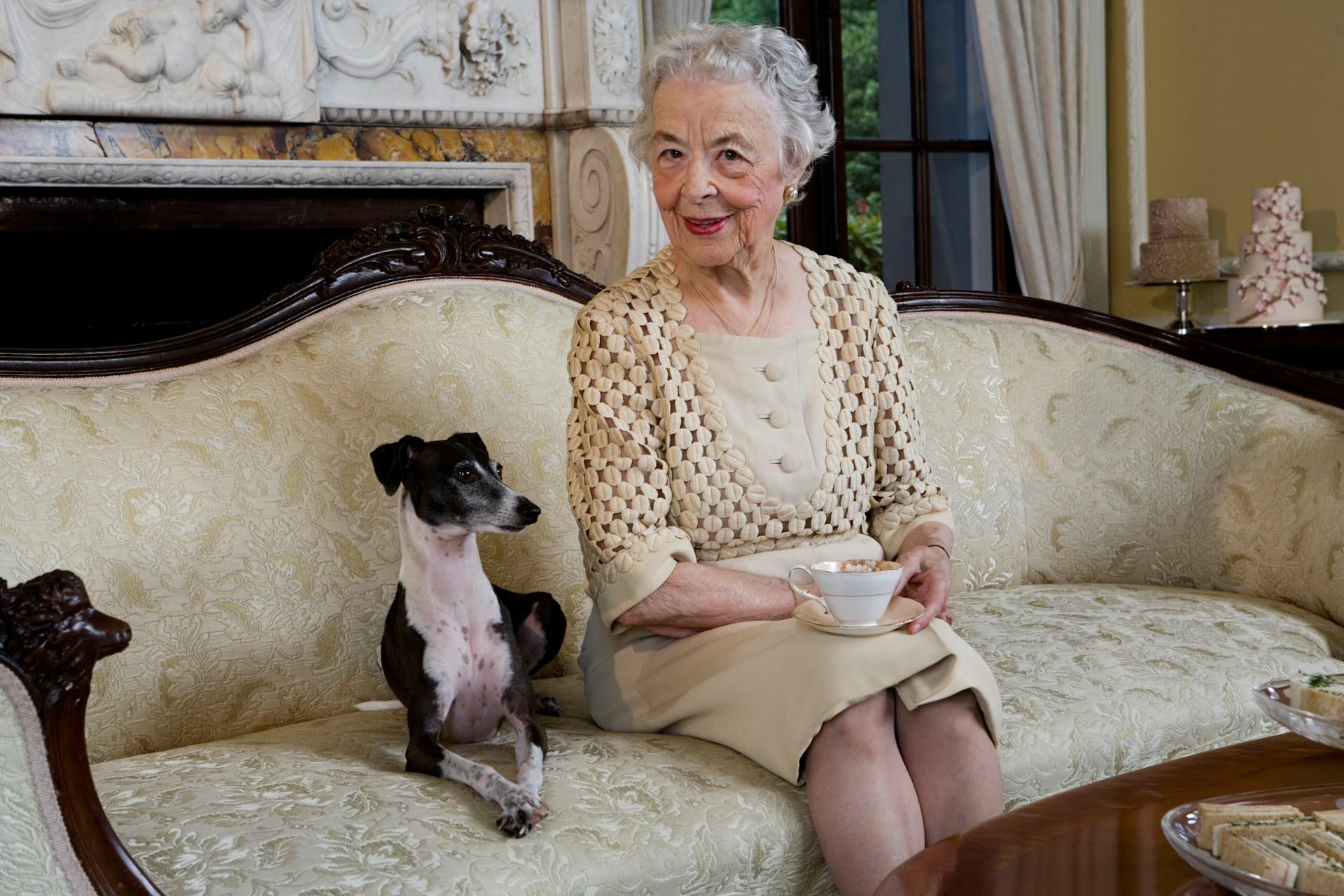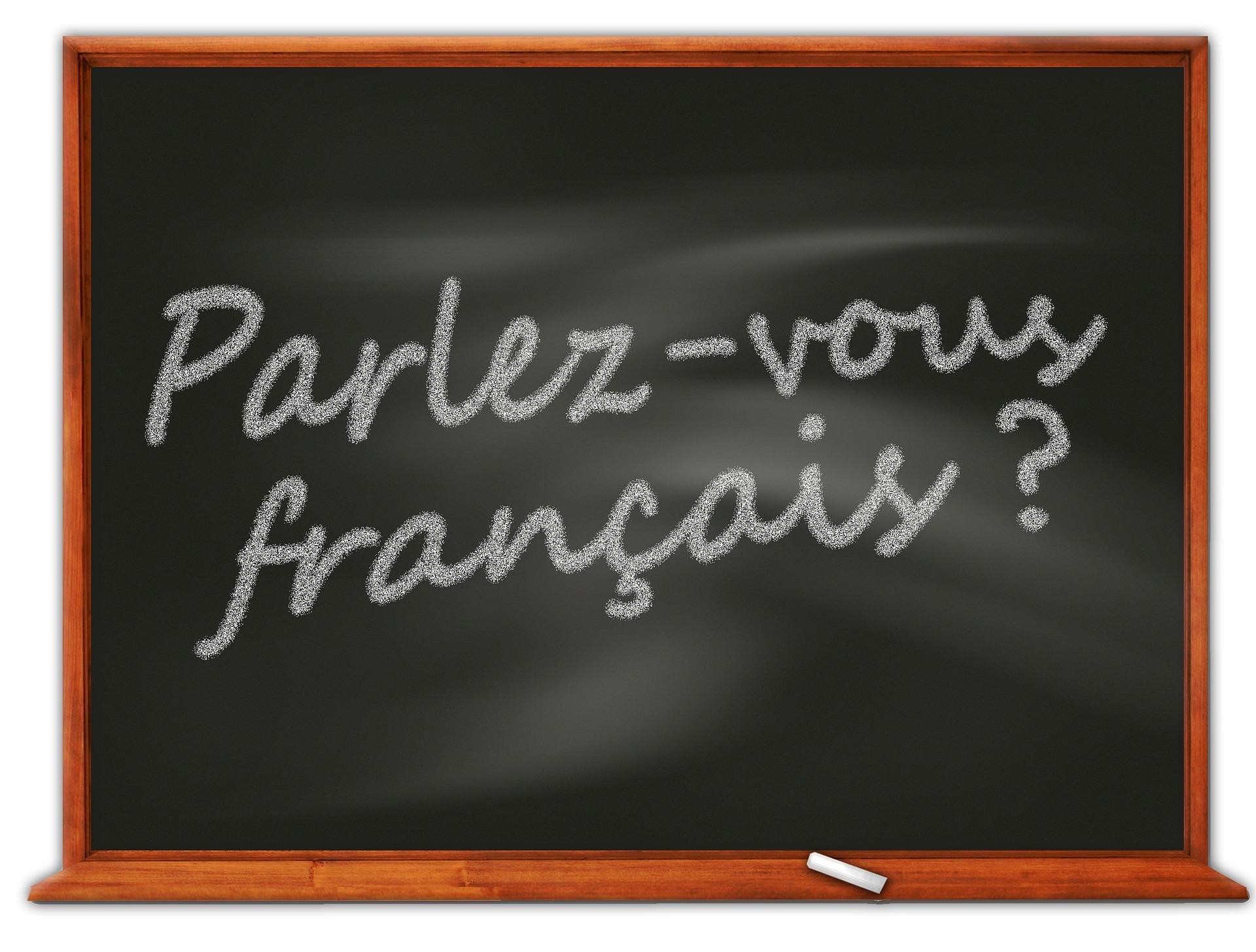Think back to the first thing you learned in school. Was it how to write your ABCs? You probably even sang that song.
Fast forward to today. You've long since mastered your native language's alphabet and are embarking on a new language-learning journey. Must you relearn the song?
As you're learning French, you should indeed dust off that soundtrack. The French alphabet has the same number of letters as the English one. Both alphabets break into the same number of consonants (20+1) and vowels (five, sometimes six). The song remains the same but the letters sound completely different.
"But we don't pronounce letters in English, we say whole words!", you might argue. That argument is valid only for so-called sight words in English.
To learn how to speak French properly, students have to learn how letters function in French. They must understand that the French alphabet is different from the one they already know. To help you start on the right path, Superprof offers this beginner's guide to learning the French alphabet that includes:
- an overview of each letter and how to pronounce them all
- a way to master French spelling using the alphabet as a guide
- practical exercises to help you master the French alphabet
Incidentally, that tune we sing our ABCs to is an 18th-century French composition. No one is sure who penned it but it appeared in print for the first time in 1774. Mozart had fun dabbling with its simple melody. We'll revisit this ditty in this article's last segment; for now, let's get started.

Learning the French Alphabet: A Beginner's Guide
As we mentioned in this article's introduction, the French and English alphabets contain the same 26 letters. They break into the same number of vowels and consonants, with the letter Y falling into both categories. That's about where the similarities end.
The English language presents consonant combinations that speakers of other languages find hard to master. Those include 'gh', 'ch' and the dreaded 'th'. The 'ch' combination presents a special challenge because its sound changes depending on the word. For instance, 'chore' calls for a 'tsh' sound while 'psychology' turns 'ch' into 'k'.
In French, you'll also find the 'ch' combination but it always sounds like 'sh', regardless of where in the word it appears. Examples include 'marche', 'cheveux' and 'vache'.
In English, the letters 'C' and 'G' change sound depending on the vowel that follows it. However, that rule is not steadfast. For instance, 'girl' and 'gist' both see an 'i' following the 'g' but that consonant sounds 'hard' for the first word and 'soft' for the second. In French, 'G' doesn't change.
The French 'C' follows the same rule as in English. It makes the 'K' sound in front of 'a', 'o' and 'u'. When preceding the other three vowels, it makes the 'S' sound unless it's modified, as described below.
In French, the letter R 'changes sound' depending on where in the word it is. The noun 'répertoire' includes all three French 'R' sounds. The first R is 'hard', the second is 'soft' and the last one is muted.
However, saying that the French R changes sound is misleading. Pronouncing it correctly always involves that throaty gurgle. Its 'strength' comes from tongue placement when you pronounce each type of R.

Vowels in French
In French, the vowels do the heavy lifting. First, because they may or may not come with an accent, which changes their pronunciation. Second, because speaking French properly involves uttering syllable groups rather than words. Vowels mark those groups.
We'll talk more about that in the next segment. Right now, let's talk about the accents. In this table, we see which accents go with each vowel and how they change the vowel's sound.
| Accent Aigu | Accent Grave | Accent Circonflexe | Accent Tréma |
|---|---|---|---|
| é | à, è, ù | â, ê, î, ô, û | ë, ï, ü |
| short 'eh' sound | makes an 'open' sound | makes long vowel sounds | to separate vowel sounds |
Note that other than è, the accent grave does not change the vowel's sound. When atop the other two vowels, it indicates meaning. For instance: " il/elle a" with no accent, versus "Aller à l'école" (going to school). What about that 'open' sound? It means opening your mouth wider as you speak that letter.
You likely already know one or two examples of accent tréma use: Noël, Chloë and naïve.
The French language offers us one more 'accent': la cédille (cedilla) - ç. It signals that the C with a 'K' pronunciation must be pronounced 'S'. Examples of such words include garçon, reçu and français.

Pronunciation Tips for Each Letter
Now that we have an outline of the French alphabet pronunciation rules, we can dive into how each letter sounds. Like saying the right thing at the wrong time, mispronouncing a single letter can lead to chaos. With this table, we help you learn what each letter's intonation should be.
| A - ah | H - ah-sh | O - oh | V - veh |
| B - beh | I - ee | P - peh | W - doobluh-veh |
| C - seh | J - zhee | Q - kü | X- eeks |
| D - deh | K - kah | R - err | Y - ee-grek |
| E - euh | L - ell | S - ess | Z - zed |
| F - eff | M - em | T- teh | |
| G - jeh | N - en | U - ü |
You'll note that most of the French consonants make a short, 'closed' sound. We English speakers tend to open our mouths wide when pronouncing our letters. Thus, we're tempted to say the French 'eh' endings as 'ay'. It might take a bit of practice for you to master the smoother French sound for each letter.
Now, about the plosives - B, P, and T. In English, we aspirate them, meaning we pronounce them T-hee, P-hee and B-hee. In French, these letters' sounds are short, crisp and clean. Again, practice will help you master these sounds.
Embark on a captivating journey into the enchanting world of French language, culture, and tradition by enrolling in our comprehensive french class. Whether you're a beginner eager to master the basics or an intermediate learner seeking to refine your skills, our expert instructors will guide you through immersive lessons designed to deepen your understanding and fluency.

Writing and Spelling in French: The Alphabet as Your Foundation
Earlier, we mentioned that the French speak in syllable groups instead of words. This helps native speakers define where to put tonal stress. If not for that, spoken French would sound robotic.
Adopting this practice early in your French learning journey will make studying French easier. You can develop this skill as you practice writing in French. Let's see how this system works.
In French, a syllable typically contains a consonant-vowel pair with the vowel following the consonant. So every time you see a vowel in a French word, the very next consonant starts the next syllable. For example, let's study this sentence:
J'ai mis le beurre et le pain sur la table.
The first three words are syllables, as are 'et', 'le', 'sur' and 'la'. 'Pain' is a one-syllable word but 'beurre' and 'table' each have two. The first syllable group comprises the first syllable to the '-re' at the end of 'beurre'. The next runs from there to 'pain' and the last three words form the final syllable group.
To pronounce this sentence correctly, you only need to stress the last syllable of each group. Congratulations! You've just said "I put the butter and the bread on the table" in French.
Syllable writing is far easier than remembering how to spell whole words, especially because of the syllable-group speech pattern. Learning how to spell in French is as easy as remembering your favorite French proverbs because it ties in with spoken French.
Fun Exercises for Mastering the French Alphabet
Now, we return to the Alphabet Song, which debuted as an anonymous lover's lament. Soon, the original lyrics were parodied; today, it is a children's song. "Ah, vous dirai-je, maman!" gives us a great demonstration of the French language's syllabic nature.
It can also help us master the French alphabet. It's similar to the English alphabet song, save for the last line. You can sing the letters of the French alphabet to that familiar tune and end the song with "Maintenant je les connais, toute les lettres de l'alphabet!"
Once you've got that down pat, have fun inserting your own song ending. Maybe try "Mon chien n'aime pas bein courir, ce fénéant veux pas sortir!" As long as you've got the right syllable count, you can plug in any silly sentence you want.
To master those tricky plosives, you can play 'Letters of the Alphabet', French edition. It entails choosing one of these letters and saying as many words as you can that start with it. Make the game extra challenging by setting a time limit.
Activities such as these will do wonders for your French pronunciation and vocabulary-building. But what about mastering the three R sounds? Try gargling.
With a bit of water in your mouth, tip your head back, press your tongue as far back as you can and sound off. Still gargling, move your tongue to the floor of your mouth; do you hear the difference? Finally, relax your tongue as you gargle for the softer French R sound.
You now have lots to work with on your way to mastering the French alphabet. So we bid you Adieu or whichever French farewell you prefer so you can start.

























